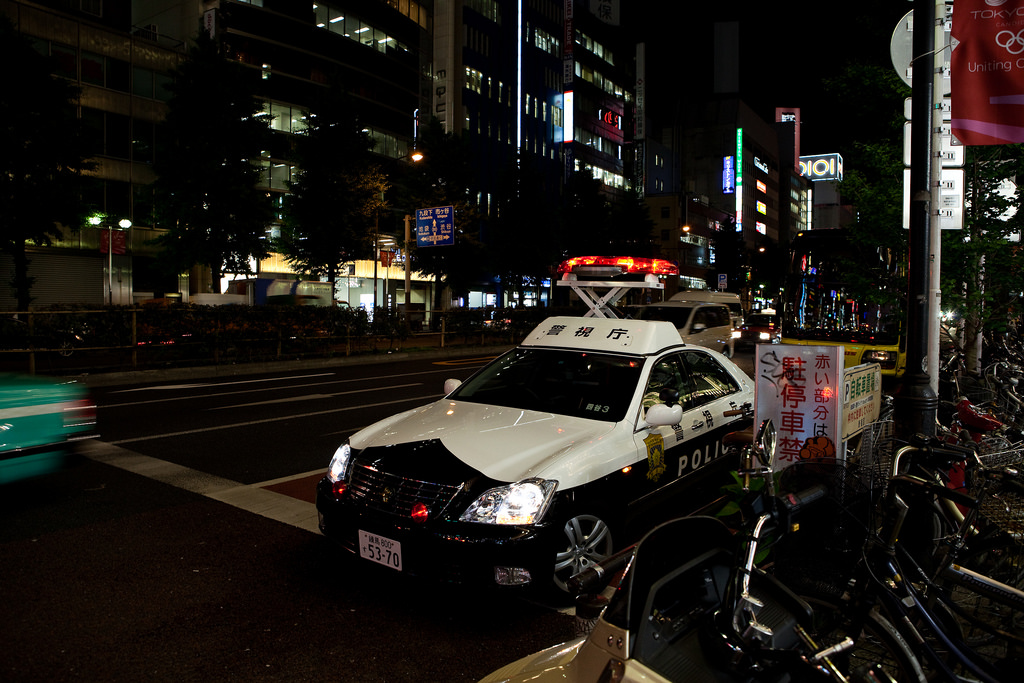“It wasn’t great to get caught, but I just didn’t give a damn…” Fumio Kageyama
A crime wave among older people is underway in the world’s greyest nation. Just last year in Japan, the number of criminals over 65 overtook the number of teenage criminals for the first time since the country started publishing age-related crime statistics in 1989. Over a third of shoplifting crimes are committed by those over 60, and 40 percent are repeat offenders. Criminal offenses by those age 60 and over have also quadrupled between 1994 and 2014.

This curious phenomenon has its roots in the age-old problem of poverty and loneliness. Japan is an expensive place to live in, with even a frugal lifestyle costing 25 percent higher than the basic state pension. The cost of living simply does not match the pension rates of the elderly. Hence older people are committing crimes that result in imprisonment but assure them of food, shelter and healthcare. Loneliness is another factor that encourages crime among older people. About 40 percent of the elderly population live alone. Once released from prison, many do not have access to money, food or shelter, which perpetuates the vicious cycle of crime.
The rise in elderly crime is set against the gloomy national economy of the country. ‘Abenomics’ is a set of economic policies that are currently in place to revive Japan’s stagnant economy, and provide much-needed context to this crime wave. The impetus for these economic policies has been the two decade long stagnant national economy. Japan’s stock market and property bubble burst in the early 1990s, leading to long-term stagnant wages and markedly reduced spending. For the past two decades, the country has not seen any major economic improvement. Worsening the situation were the nuclear meltdown and natural disasters of 2011. Now Japan is caught between reducing the national debt and dealing with roughly 30 percent pensioner population.
‘Abenomics’ is a three-pronged strategy, encouraging monetary easing, government spending, and business deregulation. So far, critics remain unconvinced about the impact of these regulations, and current crime cases reiterate the ineffectiveness of these policies regarding the elderly population. The Japanese government has responded to the crime wave among older people with a short-sighted measure to increase prison capacity by a whopping 70 percent. This does little to address the crime spree that is embedded in poverty and lack of economic security. Furthermore, it takes a huge amount of resources to maintain a prison full of pensioners. A 2-year prison sentence can cost as much as USD 74,700 in a Japanese prison, compared to USD 6,900 on pension annually.
Inmates with health problems can even increase prison costs. In fact, a 2012 Justice Ministry report found that two-thirds of inmates had at least one health condition, including cardiovascular diseases, mental health illnesses, and behavioral disorders. This has resulted in prison guards often going above their disciplinary duties by changing diapers, cleaning inmates and helping them to walk. Japan can respond with long-term measures, such as prison reform, to prevent prisons from turning into dysfunctional nursing homes.
Namratha Rao recently graduated with a Master of Science in Public Health in Social and Behavioral Interventions from the Johns Hopkins University Bloomberg School of Public Health.

Leave a comment